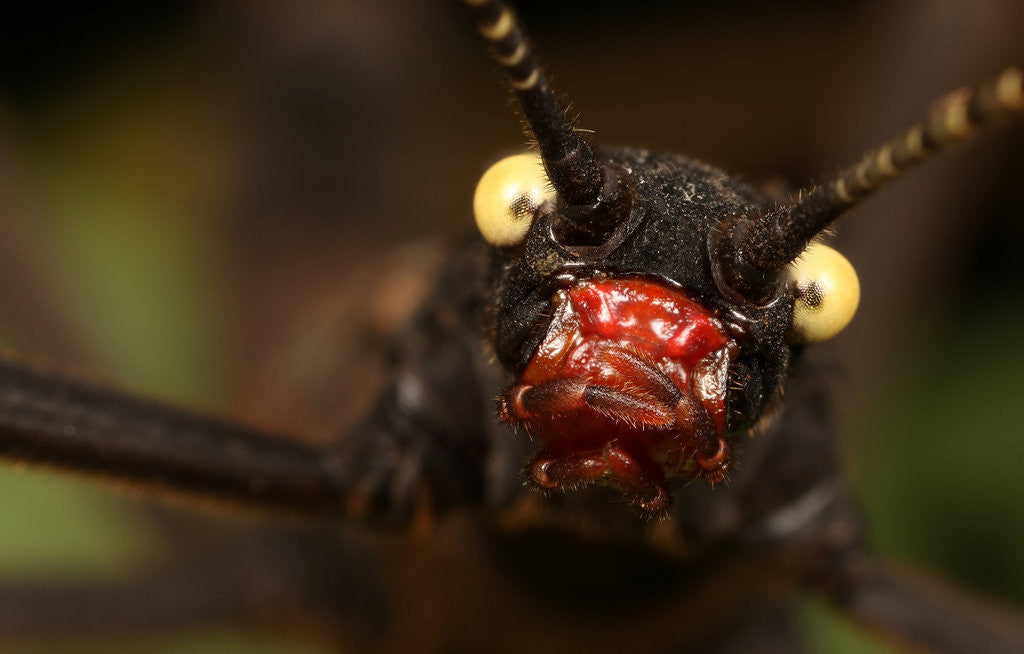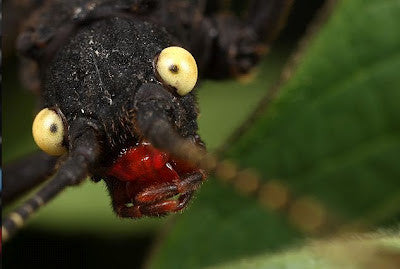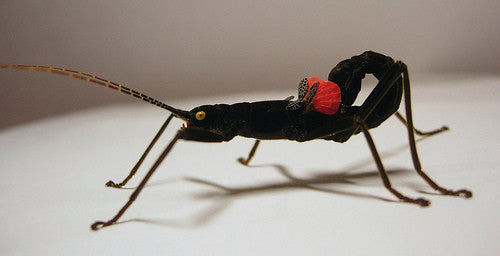



Sold out
Peruphasma Shultei -Black Beauty
$125.00 - $150.00
Peruphasma schultei is a species of stick insect found in the Cordillera del Condor region of northern Peru. In the wild the insect feeds on Schinus plants, but will feed on privet and honeysuckle in captivity. In Peru they are only known to exist in a region of less than 5 hectares, but since their discovery they have become increasingly popular as pets worldwide due to their unusual colouration and they are now bred regularly in captivity.
Peruphasma Shultei -Black Beauty
It is named after Rainer Schulte, who collected the original specimens
Care
 These phasmids do not need any complex housing - simply a well-ventilated enclosure. They will thrive at typical room temperature, with a relative humidity reading on the dry side, between 40-60%. In the wild, their main food is believed to be the leaves of the pepper tree (Schinus).
These phasmids do not need any complex housing - simply a well-ventilated enclosure. They will thrive at typical room temperature, with a relative humidity reading on the dry side, between 40-60%. In the wild, their main food is believed to be the leaves of the pepper tree (Schinus).
Like most stick insects however, they can be maintained easily on privet (Ligustrum vulgare) throughout the year. They will also eat honeysuckle (Lonicera) and some breeders have also reported success offering lilac (Syringa) and forsythia, but these shrubs will lose their leaves in winter, making them less valuable as food plants.
Place stems of the food plant in a narrow vessel, filled with water, and stuff the top area with tinfoil, so there will be no risk of even small nymphs drowning themselves here. A light spray each day of some of the leaves will provide the stick insects with a safe source of water. They like to remain off the ground, so provide branches for climbing in their quarters as well.
Breeding
Line the floor of the enclosure with white paper, as this will help to show up their eggs, which like those of most stick insects resemble seeds in appearance. These are laid in batches of between 5-10 eggs a week, with a female laying around 100 in total.
The eggs do not need damp conditions in order to hatch. In fact, they can simply be collected and transferred to another enclosure, with the young nymphs emerging here after a period of 3-5 months.
It will then take another 5-6 months before they are fully mature, being duller in coloration up to this stage. Females can be distinguished by their larger size as they grow, averaging about 7cm (2.75in) long when adult. The lifespan of these phasmids is usually between 1-2 years.




